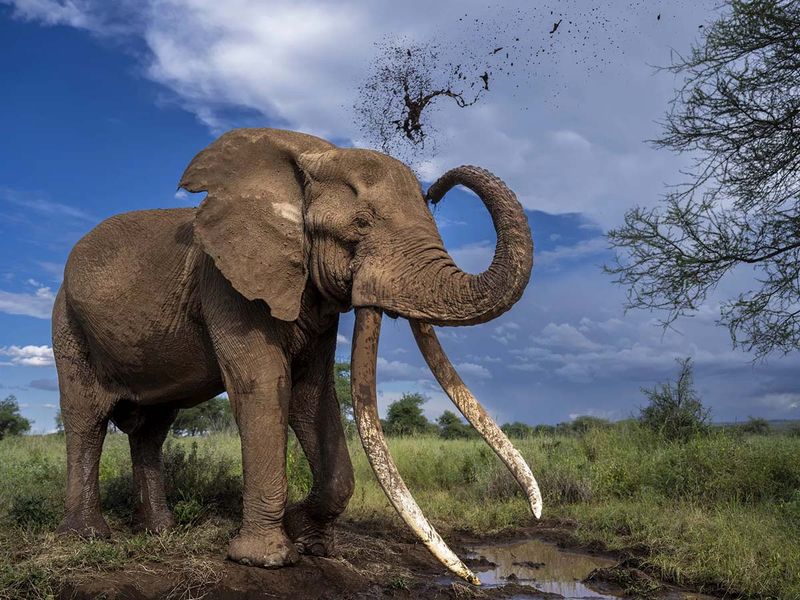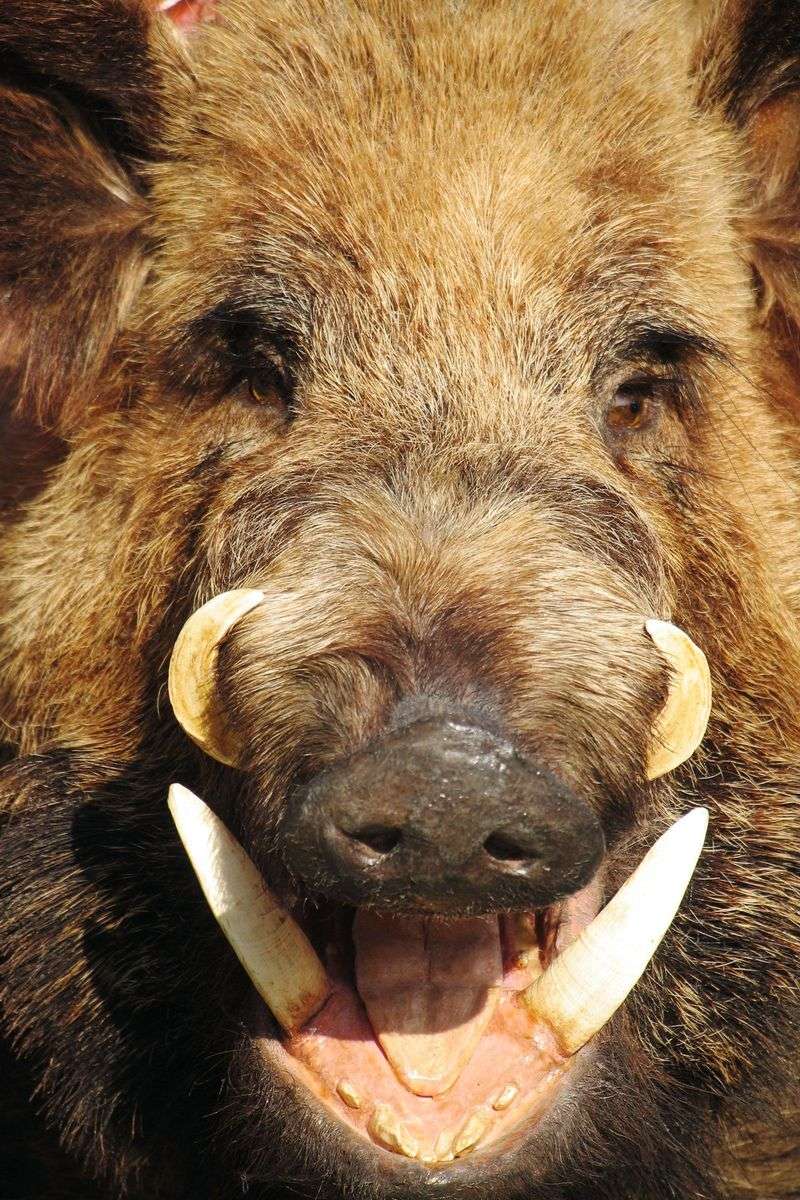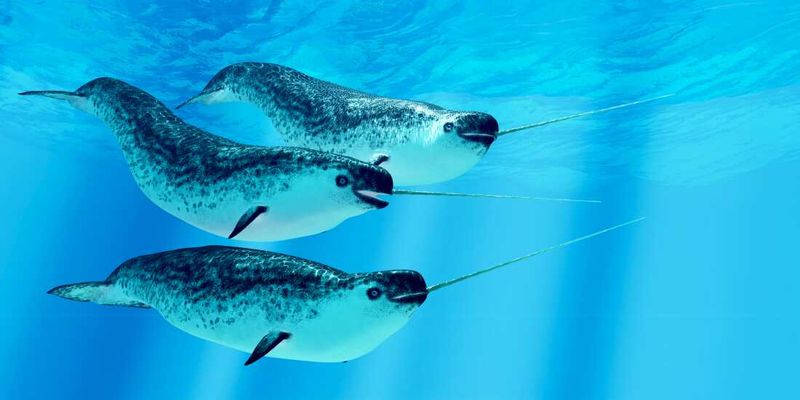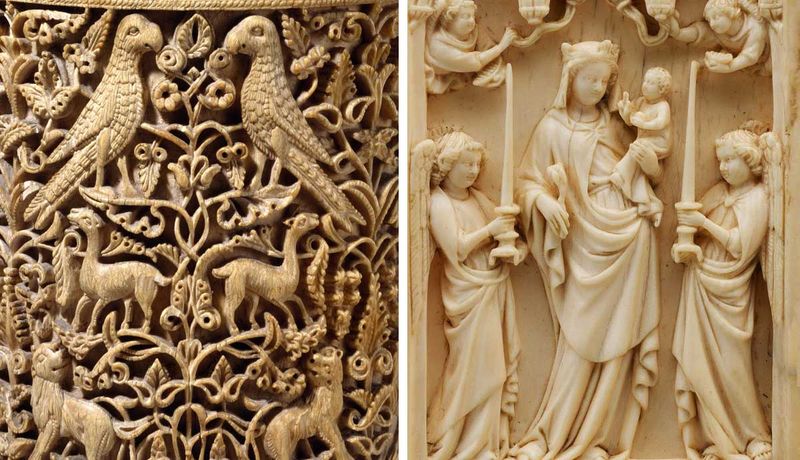Tusked creatures have roamed the Earth for millennia, bearing their long, curved weapons as tools of survival, dominance, and mystery. From the mighty elephants to the elusive narwhal, tusks are more than just impressive features—they’re deeply embedded in the biology, culture, and mythology of the natural world.
Elephant Wisdom: The Multifunctional Might of Tusks
Elephants, the gentle giants of the animal kingdom, wield their tusks for a myriad of purposes. These elongated incisor teeth aren’t just for show—they serve as tools for digging, stripping bark, and even as weapons during sparring matches. Imagine an elephant matriarch leading her herd to a hidden water source, using her tusks to break through the parched earth. It’s a testament to the wisdom passed down through generations. Yet, these beautiful appendages make elephants targets for poachers, leading to a tragic decline in their populations. Conservationists are working tirelessly to protect them, focusing on tracking and safeguarding these majestic creatures. It’s a race against time to ensure that future generations witness the splendor of elephants in the wild. The stories their tusks tell are ones of survival, resilience, and a deep connection to the land they roam.
Wartime Weapons: Tusks in Animal Combat
In the wild, tusks are not mere adornments but vital tools for survival and dominance. Wild boars, for instance, use their sharp, curved tusks in fierce battles with rivals. Imagine a boar charging through the underbrush, its tusks flashing as it defends its territory. Walruses also rely on their massive ivory tusks, using them to haul their hefty bodies onto icy shores. These tusks are nature’s weapons, designed for both offense and defense in the animal kingdom. They serve as a testament to the harsh realities of survival, where only the fittest prevail. Whether in territorial disputes or mating competitions, tusks play a crucial role in the lives of these creatures, reflecting both evolutionary pressures and social dynamics.
Narwhals: The Unicorns of the Sea
Narwhals, often dubbed the unicorns of the sea, captivate with their long, spiral tusks that can reach up to 10 feet. These aren’t just ornamental; they’re sensory organs with millions of nerve endings. Picture a narwhal navigating the icy Arctic waters, its tusk detecting subtle changes in the environment. This unique feature has fueled centuries of myths, with tales of unicorns emerging from their captivating presence. It’s believed that narwhals use their tusks for social interactions, sometimes engaging in playful sword fights. Their elusive nature and the harsh, icy habitat they call home only add to their enigmatic charm. In Inuit culture, these tusks are woven into legends, symbolizing the mystical bond between nature and myth.
Ivory in Myth and Meaning: Cultural Tales of the Tusk
Ivory has enchanted human cultures for centuries, appearing in myths, legends, and religious artifacts. In African folklore, elephants are revered as symbols of wisdom and royalty. Picture an ancient carving, depicting an elephant with intricate patterns, representing ancestral spirits. In Hindu mythology, the god Ganesha is often shown with a broken tusk, a symbol of sacrifice and wisdom. Narratives of narwhal tusks as unicorn horns captivated medieval Europe, believed to hold magical properties. Yet, this fascination has a dark side, driving the demand for ivory and threatening wildlife populations. Today, the focus shifts from exploitation to conservation. These cultural stories highlight the tusk’s complex role in human history, intertwining beauty, power, and a call for ethical stewardship.
Tuskless Survivors: Evolution in Real Time
A fascinating shift is unfolding in some elephant populations—females are increasingly born without tusks. This is nature’s response to intense poaching, particularly during times of conflict when tusked elephants were heavily targeted. Envision a tuskless matriarch guiding her herd across the African plains, navigating challenges with wisdom and resilience. While this adaptation helps them evade hunters, it raises ecological concerns. How will this affect the landscape, where elephants play a crucial role in shaping vegetation? This real-time evolution underscores the profound impact of human activity on nature’s course. As these tuskless survivors emerge, they carry stories of adaptation and survival, reflecting the intricate balance between nature and human influence.





